The "Haunted House Simulator", eh? Ju-on: The Grudge (Wii) Review
Will choppy controls, cheap shocks, crappy graphic scares the shit out of you?
Ju-on: The Grudge Developed by: feelplus
Developed by: feelplus
Published by:Xseed Games
Platforms available on:Wii
Released Date: October 13th, 2009
Genre: Survivor Horror, Graphic Adventure
Rating content: ESRB: M (Mature 17+) / PEGI: 16+ Blood, Violence
While I will be the first to admit that Ju-on: The Grudge (呪怨), the 2003 Japanese "J-Horror" film, written and directed by Takashi Shimizu, had left an irreversible psychological scar on me, I am truly in anticipation of a game that can provide the very same experience with the film, thrusting the player into the maddening world of Japanese Onryō (怨霊), when the game was unveiled at the Electronic Entertainment Expo 2009 by Xseed Games, who described it as a "haunted house simulator," rather than a traditional survival horror game.
Survivor Horror games had come a long way ever since the original Japanese release of Resident Evil in 1996. While the element of fear remains the core of the developers' focus, gaming in general had move on in leaps and bounds as elements such as gameplay control, camera angle and other technical stuffs are taken into account and thereby became inseparable from any bona fide Survivor Horror games. This provided a huge problem for the developers, as well-rounded inventory and gameplay excitement can actually takes the fear factor away significantly (players who experienced the latest Resident Evil outing will understand this point well). As a result, back-to-the-basic approaches are bound to be the next trend.
Released as Kyōfu Taikan: Juon (恐怖体感 呪怨, literally meaning, Sensation of Fear: Curse Grudge) in Japan on July 30th 2009, and released in North America this October by XSEED, Ju-On: The Grudge, intends to strip the gameplay element from the genre, focusing entirely on the horror of the Survival Horror genre, to create a "haunted house simulator,"with a singular goal: Scaring the shit out of you, the player. Meaning that there will be zero combat, as the gameplay consists of primarily, exploration. By being unable to defeat the antagonistic boss, the horror element is tremendously expanded (I'm sure any player ever played Silent Hill 2 cannot forget the invincible Pyramid Head). So how did the game actually fare, with such bold concept?
Badly, I'm afraid. Digging in deep the very remarkable source material, the game featured scenarios after scenarios of the player, finding themselves as several different characters with one similarity: Stuck in creepy environment with an atmosphere straight out from the J-Horror, accompanied with unwelcome visits from the naked White boy (not caucasian white or albino white, but ghostly freaking white) and, drum rolls, the boss enemy that will not die, Kayako Saeki, the ultimate creepy fuck Onryō clad in white, covered in blood, complete with long dark hair covering her face, crazy-ass movements with a crunching neckbone and her signature croaking sound. Being the cursed ghouls born of a violent death that consume all who enter their domain, the mother and son tag team had been an unstoppable force, establishing a pretty high body counts in both the original Japanese film series and its inferior American remake series. Sounded all good to go, isn't it?
Unfortunately, that is not the case.
The scares came in early, and are remarkably effective... for the first dozen of times. Eventually, choppy controls, cheap shocks, crappy graphic and extremely shallow gameplay mechanics creeps up to butcher whatever good gaming elements that still survives by then. There are several creepy environment you will find yourself at, abandoned hospital, abandoned apartment, and pretty much abandoned anything, and there are no weapons, no healing items, no health bar and you'll be walking around opening doors and acting like you cared with the one item that you are going to hold on for your dear life throughout the entire game: A freaking flashlight.
Naturally, one concept lead to another and you can expect that the flashlight had limited battery and you sure wouldn't want to miss that last ray of light (The Wii-mote basically functions as a flashlight which is like a life bar in the way that once it run out of battery life, you die) given the break-neck speed the player is traveling at. Yes, this game is the number one contender to the title of "Slowest Game Of The Year" or worse still, ever. So how do you actually get the much relieved "Game Over" screen? By missing one of the QuickTime Wii-mote actions during the one-on-one encounters with Kayako. Indeed, you will get to ward off evil spirits by flailing your Wii-mote in the air, and yes, just the Wii-mote as nunchuk will not be utilized. The onscreen flashlight will shine where you point your Wii-mote at while slamming the device to a side has your character do a 180-degree turn for a hasty check on the back, while holding the B button thrust your character forward that tiny winy bit.
Several minutes into the game, you can briefly predict what's gonna happen next... One cheap thrill leads to another, for example, ghastly hands reaching out of nowhere to grab you or floating figures swirling pass the screen. These scare tactics soon turned monotonous, so much so that you can like, half expect what's gonna pop up next. Endless cycles of these second-rate chills almost single-handedly launched the game into a C-graded Horror flick emulator. The earlier mentioned attack sequences by Kayako will eventually get more frequent but are still relatively scarce in the earlier part of the game. This might be a smart move to avoid over-exposure of the Boss, though most of these encounters are notably more engaging and fun to play with, with the players having only seconds to shake her away with the Wii-mote.
While the crappy graphic are arguably intentional in order to achieve that much touted "Haunted House Experience", I'm pretty sure the choppy control is a result of shabby development. The aformentioned control of movement had, as a result, caused the already frustratingly slow game pace to achieve the impossible: Get even slower.
Fans of the movie series might be interested to find out more of the plot and its connection to the series. To those fans, it might serve you greatly to put away those thoughts. The characters portrayed in the game, despite being a family unit, had next-to-zero interaction with the other, let alone further connection to the movie.
To ensure that horrendous boredom can be contagious, much like the eponymous grudge, there's a laughable multiplayer mode called "Courage Test", thrown in for good measures. The second player's goal is to scare the first player by triggering "scares scenes". What lies in the player's arsenal of absolute fear and terrors? Blood emitting on the screen, a girl floats by, some insects flying by, etc. Point to note is that these silly interruptions does absolutely nothing to the character whatsoever. The second player has to wait 15 seconds after deploying a scare tactic before doing another one, so it is a tested and proven way to condemn both yourself and your friend in eternal hell.
-------------------------------------------------------------------------------------
The Rundown
A major contender for "Lame Game Of The Year" and "Biggest Disappointment", this game is a textbook example of franchise-adapting with a bright idea and straight-to-hell execution. Despite the original Ju-On's film director, Takashi Shimizu's supervision, the game wasted its connection to the source material, thereby severely undermining the player's experience into the world of terrifying Onryō.
The Good
- The mother-and-son tag team of Kayako and Toshio still sends spine-tingling fear to those who "enjoyed" the movies
- Atmosphere of the game has been greatly emulated into the game
The Bad
- Just so you know, this game is FUCKING slow. It's so slow that you will think that you are practically crawling at top speed just like good old Kayako. A better game could probably be churned out of this train wreck having the player as Kayako, scaring the shit out of puny human and adding this element into the "Courage Test" mode just so that you can scare your friend silly.
- If the crappy camera is something they can blame on the "Haunted House Simulator" concept, then I supposed messy control and choppy graphic are too. Well, all that, in order to create an...
- ... Extraordinarily boring, singular gameplay.
- I was going to touch on the relatively short length. Then again, maybe it's a good thing.
And The Sequel?
No, not sequel for the game. The thought of that struck fear already. It's the long awaited sequel to the original series I'm talking about here. While the US remake series had gone Direct-to-DVD with The Grudge 3, and thereby for the first time not featuring the original team, Takashi Shimizu as the director, Takako Fuji as Kayako, talks of "The Final Grudge" were leaked early October, with it being the final entry of the original trilogy and an assembly of all the original players.
Nevertheless, in honor of the 10th anniversary of the Ju-on series, two new Japanese Ju-on films titled Ju-on: Shiroi Roujo and Ju-on: Kuroi Shoujo premiered in simultaneous screenings in theaters in Japan on June 27th 2009 with Takashi Shimizu and Taka Ichise returning to supervise respective films with the two new directors at helm.

Mediocre
For more clarity on how the Game Reviews here works in The Daily Zombies, please check out "The Daily Zombie Rating System And Review Policy for Gaming".
![]()
Copyright 2009 Copyright 2009 | Wii To Power
Gamezine Blogger Template Designed By Jinsona Designs XML Coded By CahayaBiru.com


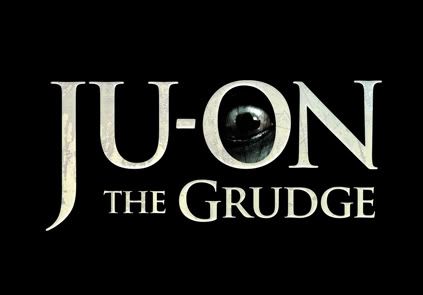
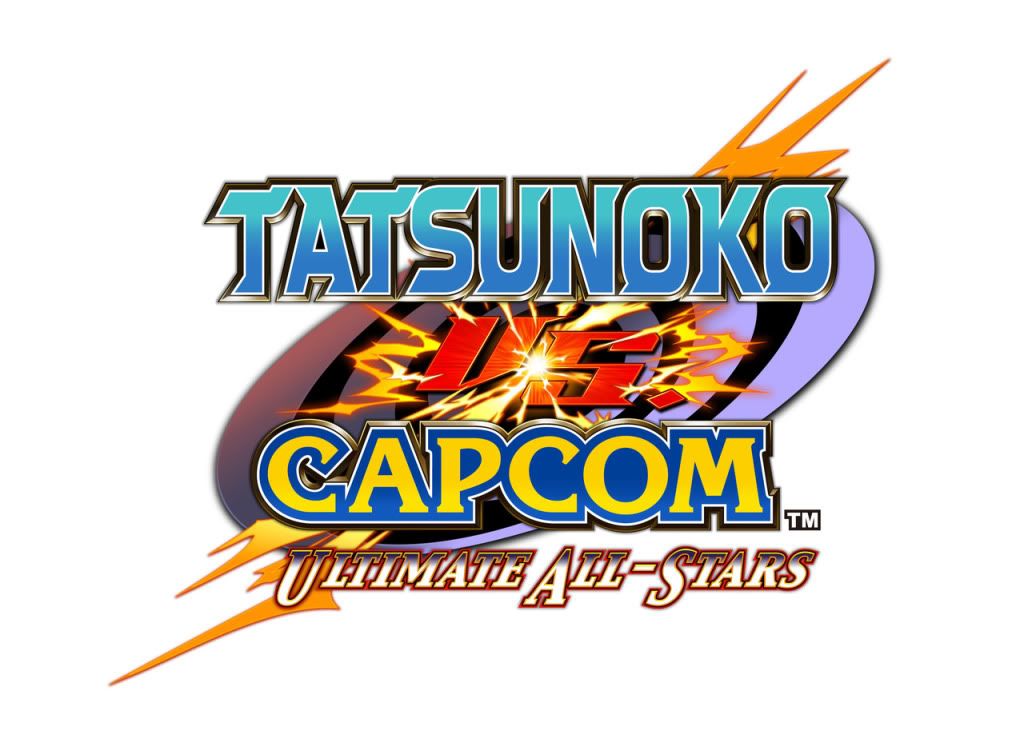
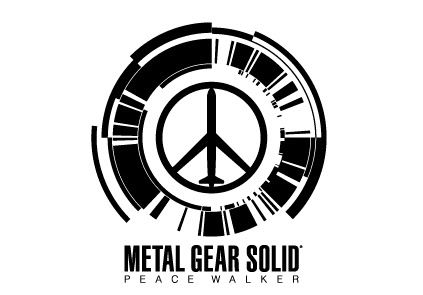
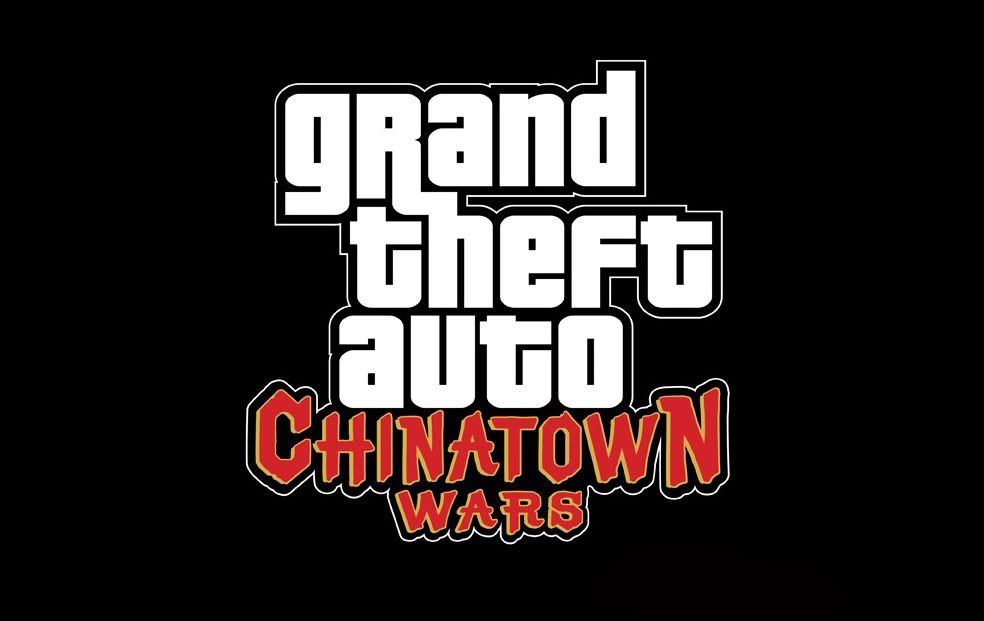
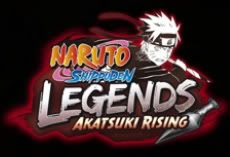
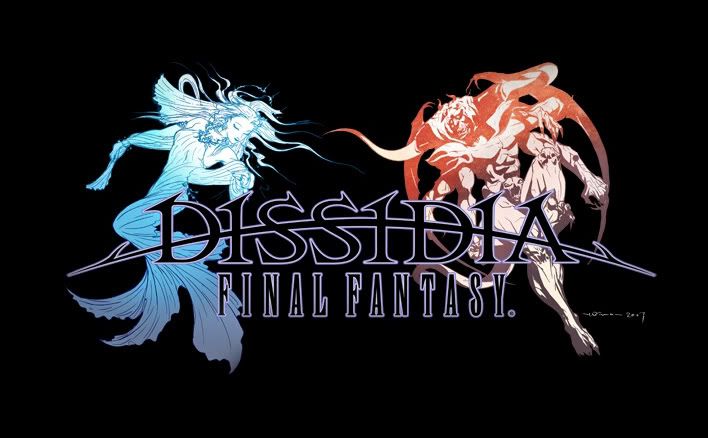
0 comments
Post a Comment